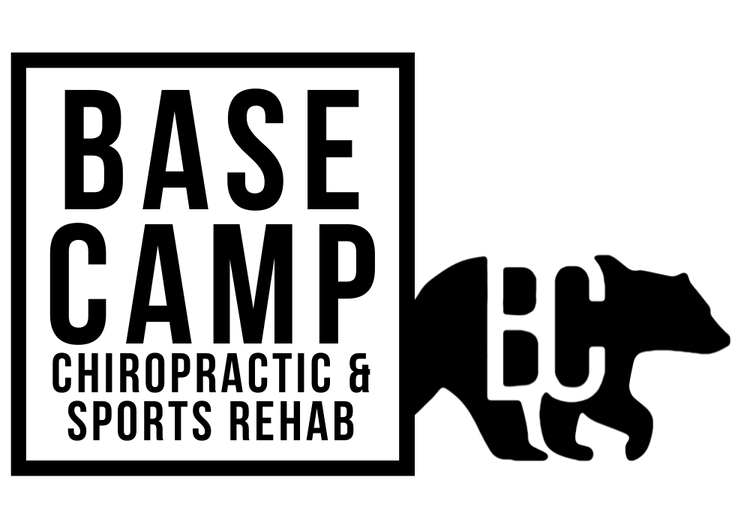How to manage muscle soreness
If you have been training for a while, or have recently started a new training program, you have probably experienced one of the less-pleasant side effects of strength training… DOMS!
DOMS stands for delayed onset muscle soreness and is exactly what it sounds like: soreness that comes on 12-48 hours after strength training, and usually lasts for 24-72 hours. It is essentially brought on by microscopic damage to the muscle caused by strength training (which is generally considered a good thing!).
There is no cure for DOMS, other than time, but there are a few strategies you can use to keep DOMS manageable.
4 Strategies for minimizing DOMS and maximizing muscle gain and function:
1) Heat
Heat can help relax your muscle and clear metabolites from exercise
Warm water, hot tubs, or a hot shower after exercise are all great options
2) Compression boots or compression wear
Compression socks or similar are a great way to help your body continue to clear metabolites using a passive mechanism. This can help decrease some soreness on the days following strength training. The Starting Block usually has some great compression sock options
3) Keep moving
You might not want to… but going for a walk, or a light bike ride a few hours or the day after a strength session can help decrease your muscle soreness. Similar to hear, this helps clear metabolites and potentially speed up the healing.
4) Protein
GET YOUR PROTEIN! If you are not getting the building blocks for your muscles and tendons to heal, your body has to fight harder to recover from strength training. I recommend aiming for at least 1.5 g of protein per kg of body weight but often recommend even higher amounts. Having a protein shake or high-protein meal within the first 30-60 minutes following your workout will help you maximize your strength and muscle gains!
Ultimately, there is no cure for DOMS, but there are things you can do to keep it from affecting your life. Eventually, you will get less sore from strength training as your body adapts. Many people actually end up chasing that soreness because it ‘hurts so good’.
DOMS should only be experienced in the muscle. If you are having pain in your tendons or joints, then it is time to get an assessment before it progresses into an injury.
Author: Dr Mark Murdoch, Chiropractor and Co-Founder at Base Camp Chiropractic and Sports Rehab in Vernon, BC.
Mark Murdoch is a Doctor of Chiropractic with a Master’s Degree in Sports Medicine.
Contact: drmurdoch@basecampclinic.com
Instagram: Base.Camp.Doc


